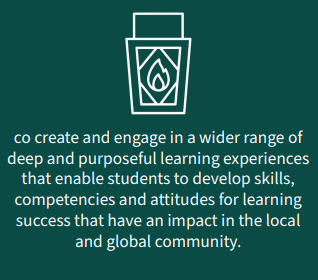Schools engage in all aspects of the School Excellence cycle. This includes developing a Strategic Improvement Plan (SIP) in consultation with their community. The SIP has up to 3 strategic directions and associated improvement measures which form the basis of each planning cycle.
One of these strategic directions will be ‘Student growth and attainment’ for all schools. The remaining strategic directions are chosen by each school to reflect and respond to their unique context.
Improvement measures should include system-negotiated targets for student growth and attainment and references to effective classroom practices. The Strategic Improvement Plan (SIP) is approved by the Director, Educational Leadership and published on the school’s website by the end of Term 1 at the commencement of a planning cycle. The Strategic Improvement Plan (SIP) is also required as a state archive.
Our School Improvement Plan (SIP) is developed during the year of school review and an Annual Action Plan (AAP) each year.
Our Annual Action Plan captures our goals and intended outcomes for school improvement for the current year.
Copies of our Annual Action Plans are available below.
Co-create with others and engage in a wide range of deep purposeful learning experiences that enable them to develop skills, competencies and attitudes for learning success and have an impact in the local and global community.
Have the knowledge and apply the skills for strong relationships, positive wellbeing and positive behaviour to promote human dignity, learning success for all and an inclusive connected community.
Give expression to KM Living Justice Living Peace by developing a ‘contemporary’ sense of the sacredness of self, others and our world by encountering our faith tradition in everyday experiences inspiring them to act as people of justice and peace.




225 Church Street,
Herne Hill 3218 Victoria, Australia
E. office@clonard.vic.edu.au
T. (03) 5278 2155
F. (03) 5278 9909
ABN: 34 169 198 421